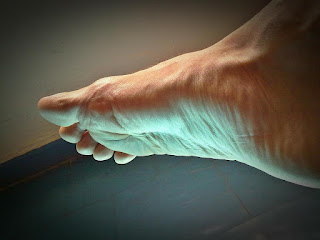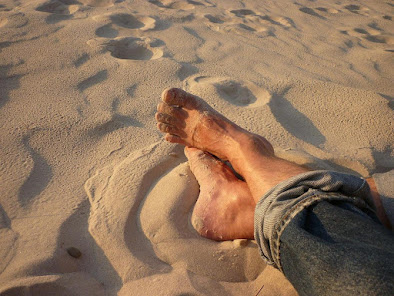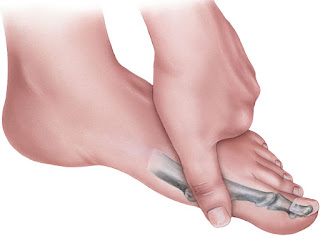7 Best Acoustic Guitars Under $2000 [Review and Comparison] | Zager Guitar
Sadly those days are gone when you just walk into a pawn shop and find a great deal for an acoustic guitar. The Internet has introduced Amazon eBay and Craigslist. Everything is online nowadays. Choosing your first acoustic guitar can be very daunting if you do not know how to narrow down your options. The assurance is that you do not have to break the bank when shopping for an acoustic guitar. If you are a bit confused about which one to pick we have a detailed list of differences between acoustic and electric guitars here. We have selected a few acoustic guitars that you cannot say no to! Whether you are into live performances or studio recordings these guitars cater to all needs. So let us give you our top 7 picks of the best acoustic guitars you can find under $2000. In this guide explore the key features that set one guitar apart from another. We will present you with the cream of the crop. If you are new to the world of guitars get ready to discover the sweet spot wher...



